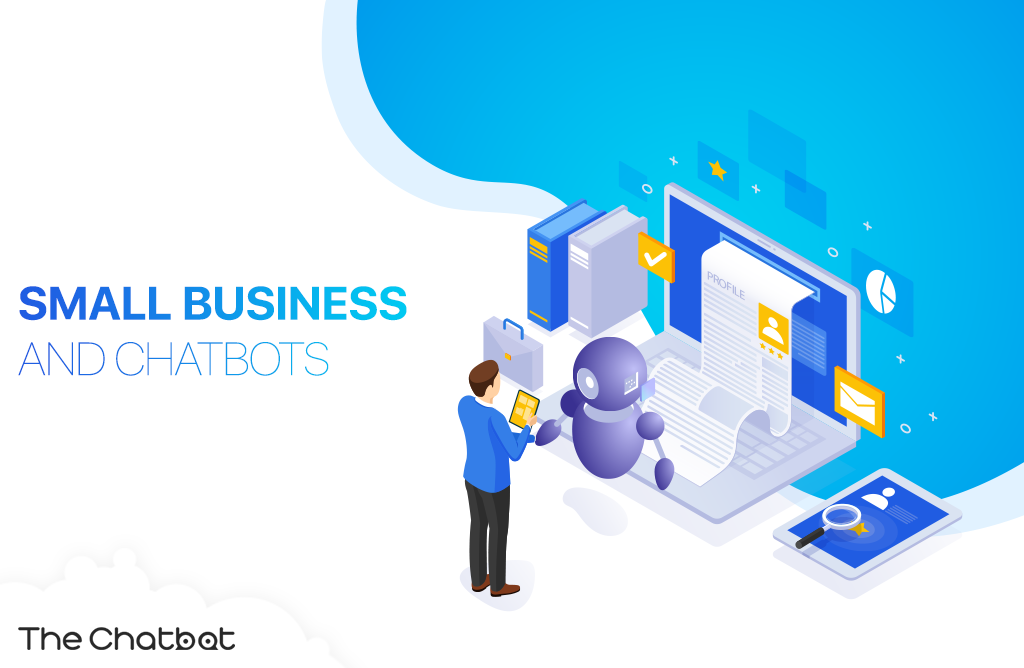Top HR technology trends for 2020
Technology keeps shaping the way human resource managers work and emerging technologies such as artificial intelligence (AI), machine learning and analytics are making work processes easier and faster. The year 2019 saw a lot of activity around AI and performance analytics and HR leaders will most likely use these technologies more through 2025. Relying on people and performance data will help companies to make business decisions and to optimize employee potential to boost business productivity.
Here are the six top HR technological trends that every chief human resource officer must watch in right now.
1. Artificial intelligence
Now in 2020, AI and machine learning automates more and more mundane processes, streamlines operations and makes intelligent decisions which saves time for employees. It is saving time and resources for more strategic activities, increasing productivity and profitability.
Chatbots are taking up the majority of the workload of HR employees, making HR simpler, more responsive and more humane. Some AI-backed tools will help organizations to strategically recruit. Through new data and machine-learning, AI can easily identify talent with the required characteristics and invite them to apply. The HR team will process resumes of truly qualified candidates only and hiring decisions will be supported by data. (See this article mentioning SnatchBot, Avi Ben Ezra and RPA integration)

2. People and performance analytics
AI will play a larger role within HR to innovatively support smart people analytics to retain top talent. Organizations have been collecting data to gain understanding and to predict future behavior for years. Now, many have widely adopted people and performance analytics to inform data-driven decision making. This helps leaders to analyze the talent landscape in the company, manage employee performance, optimize employee potential and boost business productivity.
By gathering, organizing and analyzing people’s moods, intentions and statements on social media, employee behavior can be simulated by learning machines, helping leaders to validate employee experiences. Performance and succession data help leaders determine which employees are engaged and challenged. This helps with workforce strategic planning and improves employee retention. A good example of this is Sitetrail analytics.
3. Employee engagement
More organizations are improving employee experience by investing in customizable and configurable technologies that improve employee engagement.
An AI-powered onboarding program can be programmed to answer new employees’ most pressing questions, and provide names, locations and contact details of people they must connect with during the first few days. It can also advise where to find the new-hire page that contains training modules, policies and business-conduct guidelines. Managers can access information through a chatbot and perform HR transactions without accessing the core HR application, e.g. to authenticate employees and provide only authorized information for new employees to access.
For existing employees, conversational AI can help managers to securely update employee information, approve leave via chatbot, get KPIs, provide analytical data, etc.
4. Performance management
Many organizations are taking advantage of AI for performance management in many ways.
It used to be difficult to collect information from all key stakeholders for performance review of employees who collaborate with multiple teams and/or departments. Now AI makes it easy to collect information effortlessly from many sources, gain insights from collated information in real time, and eliminate common psychological biases.
AI also enables frequent, and even real-time, performance management. It monitors progress on targets/quotas in real time and gives instant feedback. Now employees can be recognized/incentivized if they are on target or helped/coached if they are off-target. The result is better productivity, job satisfaction and talent retention.
AI removes gender, race, ethnicity and nationality bias when assessing performance so it helps to reduce gaps in positions and salaries.
5. Employee development planning
Frequent or real-time performance management helps companies to determine which employees need reskilling or more training. Companies can now incorporate training, mentoring and coaching for employees who need it. New technologies assist with more dynamic modes of providing training and development. Employees can engage in self-directed training at their own pace while AI-driven training programs give rewards and incentives for meeting certain training targets. Employees who meet training challenges can be referred to mentors or outside trainers.
New employees also benefit from faster onboarding training in the organization’s culture and policies.
6. Employee engagement surveys
AI enables organizations to regularly measure how engaged their employees are in order to gauge the work culture. It’s an excellent way to get anonymous feedback from employees. After each survey, leaders gain insights on how the company could create a people-friendly culture and create strategies for improvement.
Endless possibilities with AI
The future of organizations depends on attracting and retaining brilliant employees. Embracing the unlimited possibilities of artificial intelligence in HR, will transform any organization’s environment from one with high employee turnover to a one with genuinely authentic, “human” experience.
